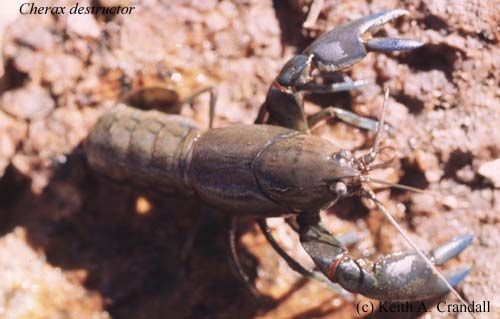A wels catfish. Credit: Dieter Florian via GLANSIS.
An alien species of catfish beaches itself on the shore and gobbles up pigeons. It’s called the wels catfish, and it could make a home in the Great Lakes.
For now, the catfish swims in France, and the US Fish and Wildlife Service wants to keep it that way. With encouragement from groups like The Nature Conservancy, the Service banned the import or trade of 11 freshwater nonnative aquatic species last year, including the so-called killer catfish. The move is significant because it’s a change from past practice, in which outside species aren’t prohibited until after they’re already established and causing damage, said David Hamilton, the Conservancy’s senior policy director for the Great Lakes.
“None of these 11 are a household names, like the Asian carp or round goby, and that’s a good thing,” he said.
The 11 species were listed as “injurious wildlife” under the Lacey Act: the crucian carp, Prussian carp, Eurasian minnow, roach, stone moroko, Nile perch, Amur sleeper, European perch, zander, wels catfish and the common yabby.
“The yabby crayfish’s Latin name is destructor, so that gives you an idea of what kind of animal it is,” Hamilton said. 
A yabby crayfish. Credit: Keith A. Crandall via Encyclopedia of Life
The 11 banned species are native to one or more continents in Europe, Asia, Africa and Australia, where they have become highly invasive, and have the potential to become invasive and highly detrimental to US native wildlife and habitats, according to the US Fish and Wildlife Service. The zander has been found in a single lake in North Dakota, but the 10 others aren’t present in any US waters. Hamilton noted that three species of Asian carp were listed as injurious after they were imported, escaped into the wild and began advancing up the Mississippi River.
Hamilton explains that the Great Lakes and other parts of the US have similar climates to regions in the creatures’ home countries, meaning they could thrive in one of the Great Lakes if someone bought one for an aquarium and later released it. In time, the wels catfish or any of the 10 others could expand their nonnative range, prey on native fish, compete with native fish for food and habitat and pass along harmful diseases and contaminants to other fish and even humans.
“This ban is proactive,” Hamilton said. “It came after a scientifically based risk assessment and it’s protecting us so we don’t have to deal with another Asian carp, another round goby.”
The US ban, which took effect on Oct. 31, 2016, prohibits the import and interstate transport of the animals for the pet trade, aquaculture or other purposes. (For more information on Canadian and US efforts to combat invasive species, see “Keeping Aquatic Invaders Out: Pathways and Roadblocks.”)
That means, if someone tried to ship the live animals to the US, they’d be stopped by customs agents, Hamilton said. He added that Michigan passed a law in 2014 requiring similar risk assessments before new aquatic species can be imported.
Since the 1880s, more than 180 non-indigenous aquatic species have successfully established in the Great Lakes, Hamilton said. Of these, 28 percent came from “the organism in trade vector,” which includes releases through commerce such as live fish and bait, aquaculture, biological supplies, horticulture and aquariums.
While the most recent ban is laudable, it’s doesn’t solve the larger problem of keeping new invasive species out of the Great Lakes. Hamilton said public education, monitoring for new invasions and responding quickly also are essential.
“Prevention is No. 1, but No. 2 is monitoring and responding quickly if you find evidence of a new invasion,” he said. “We’re working with states to establish a regionwide monitoring system in the Great Lakes. It’s really important to have that in place.”

Jeff Kart is executive editor of the Shared Waters IJC newsletter and a contractor to the US Section of the International Joint Commission in Washington, D.C.





